Just as there were those books that we had to slog through in high school (I wrote about that a couple weeks ago, and it turns out people really, really love Beowulf), there were also those books that honestly reaffirmed our love for reading. In fact, though we complained incessantly about our nightly readings and analytical papers and the resulting grades from those papers, most folks that I came across in high school had to admit these works weren’t too shabby. Check out our list of 10 works that proved to be well worth our time in high school, and include your own in the comments below.
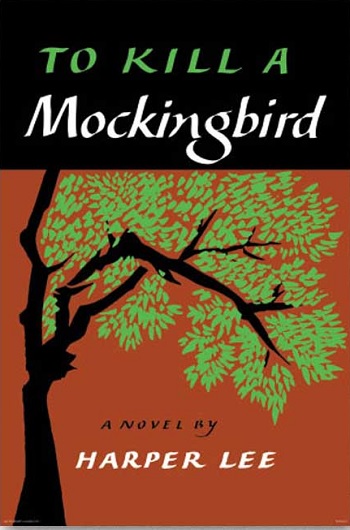
1. To Kill a Mockingbird by Harper Lee
With To Kill a Mockingbird, Harper Lee brought us not one, not two, but three of the most beloved literary characters in history. From the heroic Atticus Finch to the genuinely innocent but wise-beyond-her-years Scout to the horribly misunderstood Boo Radley, Lee creates characters that we quickly grow to love (or hate, in the case of freakin’ Bob Ewell). There aren’t individual scenes that make To Kill a Mockingbird shine—rather, its brilliance comes from the novel’s overall tone, acknowledging that injustice and discrimination are out there, but we have to keep fighting the good fight anyway.

2. The Great Gatsby by F. Scott Fitzgerald
There are few books that you know everyone is going to read in high school, but this is one of them. With vividness and delicacy, Fitzgerald depicts the world of 1920s Long Island/New York, the love between the gorgeous Daisy Buchanan and the too-wealthy-for-his-own-good Jay Gatsby, and the beautifully broken nature of the American dream. The Great Gatsby is well worth a second read a few years after the initial high-school-English-class unveiling, because though its exquisiteness is visible even to a group of bored 14-year-olds, there remain new layers of Fitzgerald’s writing to discover reading after reading.

3. The Unbearable Lightness of Being by Milan Kundera
I don’t know how much this is considered a “high school book,” but I read it in high school, so there. Kundera explores Nietzche’s notion of eternal recurrence, which essentially says that if there are only so many ways the molecules in the world can reorient themselves, throughout all the billions of trillions of years in the universe, we will eventually find ourselves in this exact situation again. And that can be a pretty scary prospect for every decision we make. “Light people” don’t care and keep on living their lives, but “heavy people” take on every ounce of that burden. So what happens when light people and heavy people collide? Kundera makes us think about it through the story of womanizer Tomas and his nervous wife Tereza. And though Juliette Binoche and Daniel Day-Lewis are excellent in the film adaptation, you really do have to read the book first: so much of the story is about how it’s told.
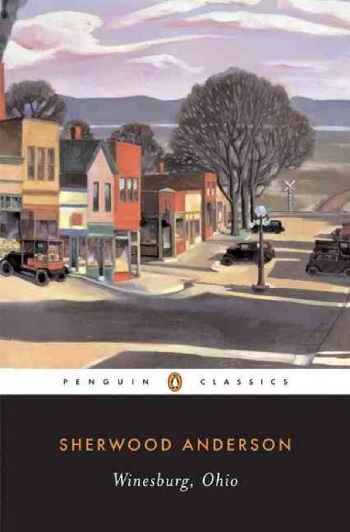
4. Winesburg, Ohio by Sherwood Anderson
In this exploration of small-town life, newspaper reporter George Willard spends each chapter getting to know a new resident of Winesburg, Ohio, and quickly finds that they’re all battling their own demons. Each chapter is dedicated to a different townsperson and a different “grotesque” quality that each of them possesses—an idea that you believe in so much that it loses its meaning. Anderson’s characters are complex and vulnerable: there isn’t one hero or villain; they’re just regular people walking through life, trying to make sense of things. Winesburg, Ohio is more about illustrating these characters than it is about developing a traditional plot, but by the time the book draws to an end, we still feel like we’ve come of age along with George.
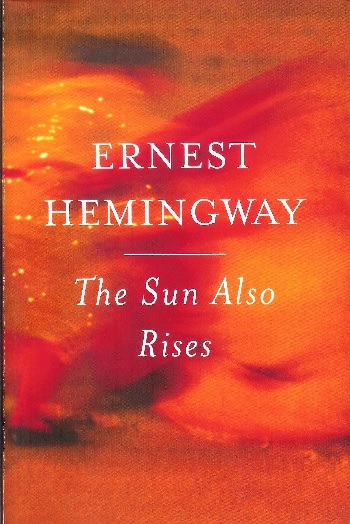
5. The Sun Also Rises by Ernest Hemingway
In recent years, growing criticism of Hemingway has construed his writing as misogynistic and xenophobic, particularly in the case of The Sun Also Rises. I think you can make legitimate arguments both for and against Hemingway, but the complexity he weaves into such simple prose is admirable no matter how you understand his personal attitudes. The Sun Also Rises is a seemingly clear-cut story of Jake Barnes and his friends, just hanging out in Paris in the 1920s and not doing a whole lot except screwing around and drinking, like, a ton. But Hemingway uses that minimalism to paint an incredibly affecting portrait of the lost generation, a group of people trapped between tradition and modernism. Some of them cling to time-honored roles and some aspire to be progressive, but none of them can quite reach those goals. They all get pretty annoying, but that’s exactly how Hemingway intended it.
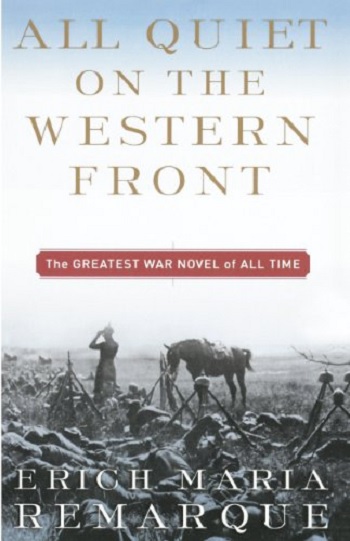
6. All Quiet on the Western Front by Erich Maria Remarque
No, seriously. All Quiet on the Western Front has a reputation as one of those books that you just have to get through, but it leaves you thinking for weeks afterward. The book sucks you in and spits you out, providing a hugely haunting glimpse of what it’s like to wake up every day wondering if that’ll be the day you’ll die. Narrator Paul Baumer is doing his best to serve his country (which, mind you, is Germany), but he’s really just a kid lost in the horrors of war. It’s about shattered innocence, it’s about disillusionment and it’s about basic human survival. I cried when the soldiers brought in the dying man’s wife for him to see one last time, I cried when Paul was forced to realize the Russians were just as human as he was, and I cried when he only found solace in death. War is hell.

7. 1984 by George Orwell
Orwell was quite the pessimist, but he was a gifted pessimist. His masterpiece 1984 is a disturbing, bleak portrayal of a surveillance society where independent thoughts are considered crimes and history can be rewritten on a whim. 1984 is one of the most important dystopian novels of the 20th century in terms of the impact it made on society, and the fact that Big Brother and memory holes are still common terms today speaks to its influence. In fact, sales of 1984 went up 700 percent the week that we found out about the NSA call-monitoring. It’s terrifying how applicable the novel is to today’s world, but that’s precisely why we need to keep reading it.
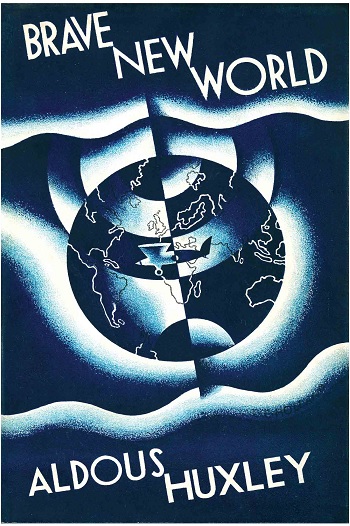
8. Brave New World by Aldous Huxley
…Of course, if you’re going to talk about 1984, you also have to talk about Brave New World, which famously takes a polar opposite but equally as chilling approach to what the world could become. Orwell thought what we hated would destroy us, but in Brave New World, what we love is what destroys us. Whose vision was truer? I’m not sure, but it sure is fun to read and consider. At first, the novel isn’t at all gloomy or depressing—the characters are honestly happy in these roles that society has manufactured for them. But the thing is, they’re not really them. And that’s when the book begins to work its magic: when you realize that being happy and compliant might not be any better than being miserable and different.
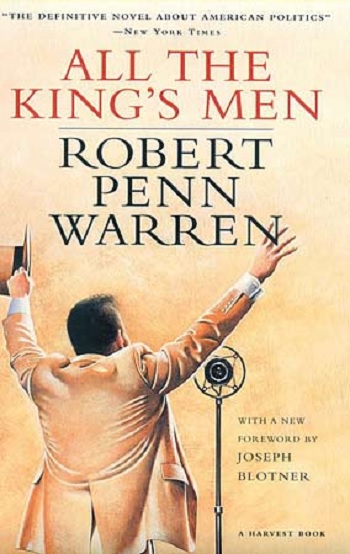
9. All the King’s Men by Robert Penn Warren
Warren’s epic 1946 novel breathed new life into the political thriller, managing to also touch on themes of nihilism, time, family, consequences and mistakes. Loosely based on the life of Louisiana governor Huey P. Long, Warren tells a story that’s about so much more than saying “politicians are bad” or “the ordinary folk are the good guys.” It’s about figuring out whether a few bad deeds are a worthy price to pay for other good deeds, and how each individual can—or can’t—make a difference. All the King’s Men reads with all the force of a page-turner, dripping with tension and emotion that both captivates and intimidates you.
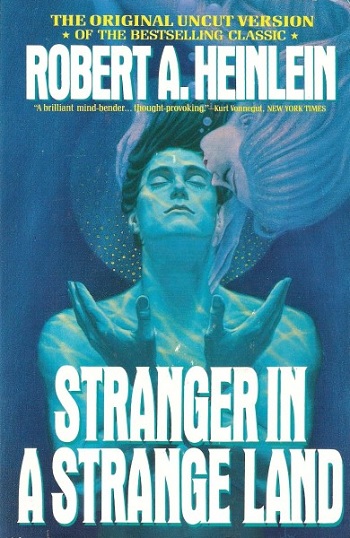
10. Stranger in a Strange Land by Robert A. Heinlein
It’s both science fiction and political philosophy, and always entertaining. Heinlein tells the enthralling story of a human born and raised by Martians who returns to Earth as an adult, and finds that his “homeland” doesn’t make all that much sense to him. Through the lens of this earthman-turned-Martian-turned-earthman-again, Heinlein picks apart even the most fundamental parts of life: marriage, religion, sexuality, success and death, to name a few. Stranger in a Strange Land takes a look at the big picture and also dissects the values we center our lives on, but never loses sight of the nuances that define humanity.